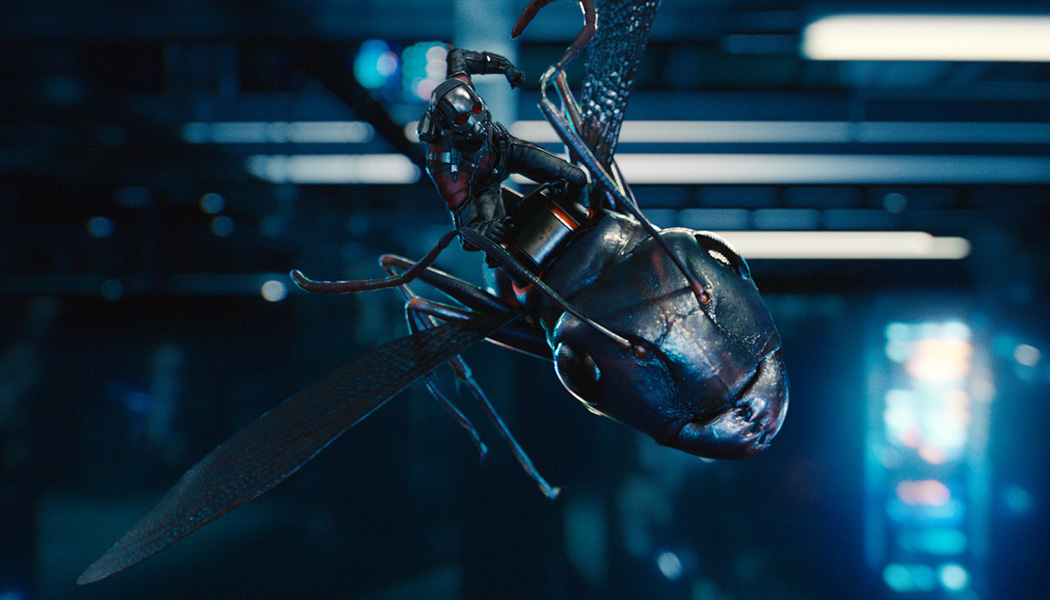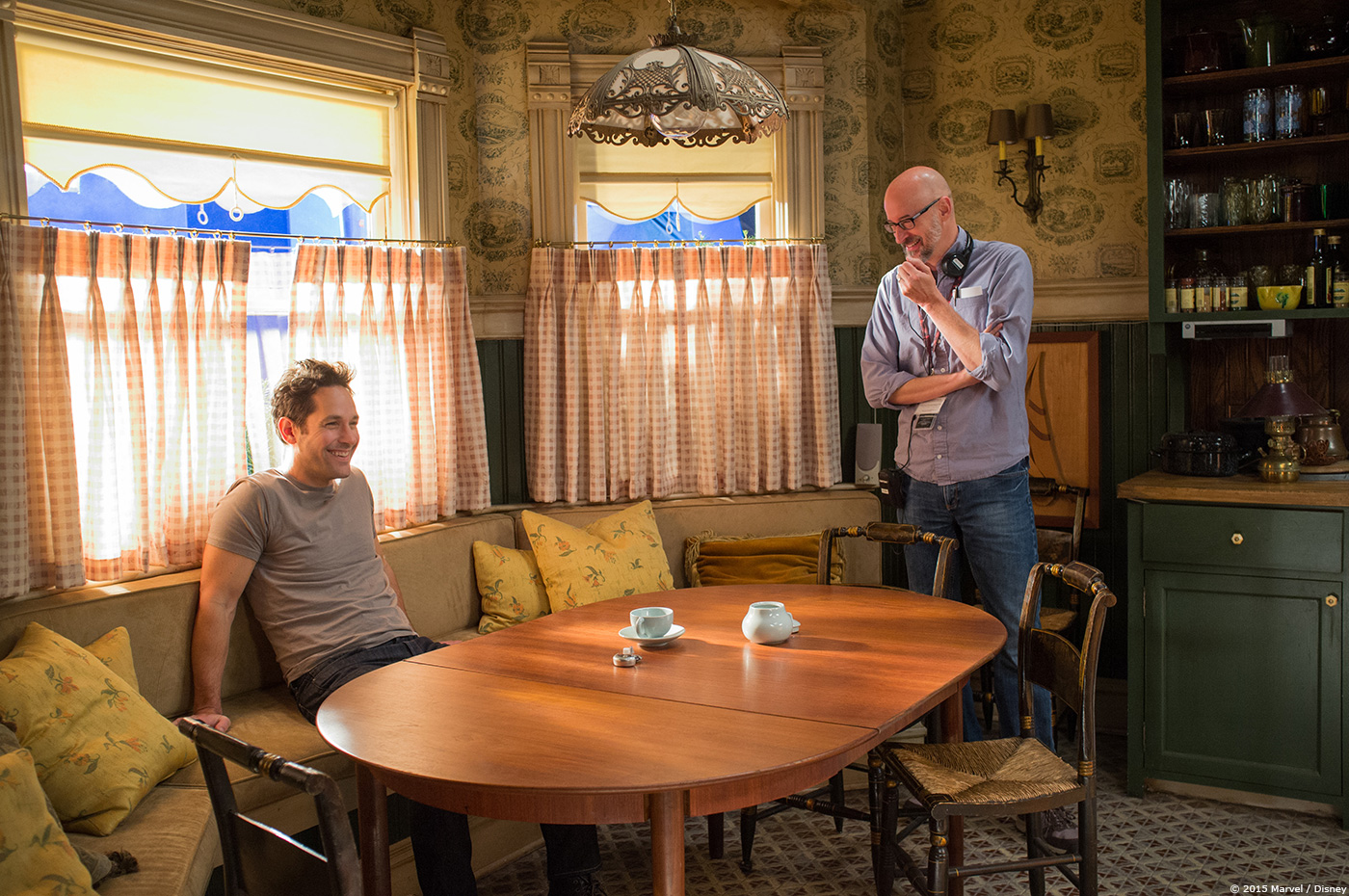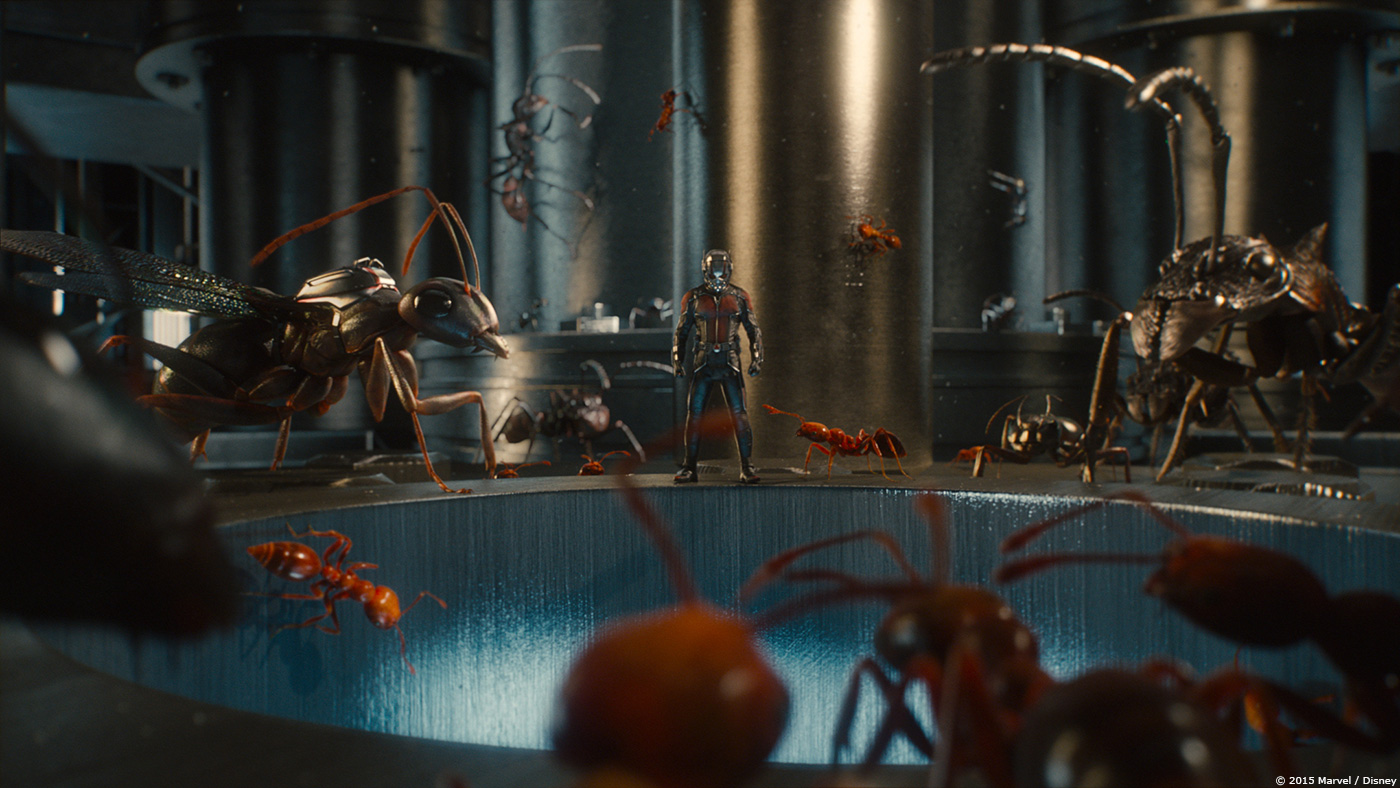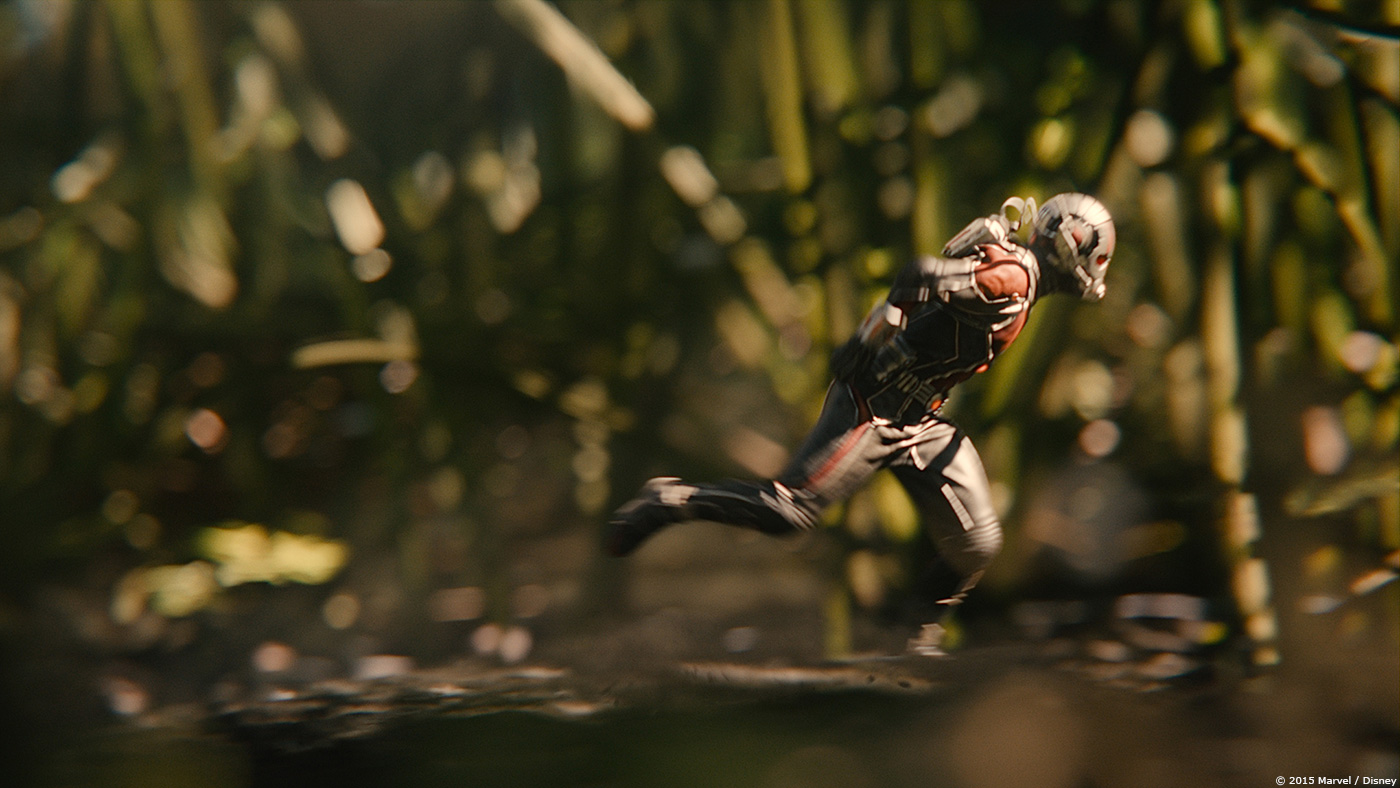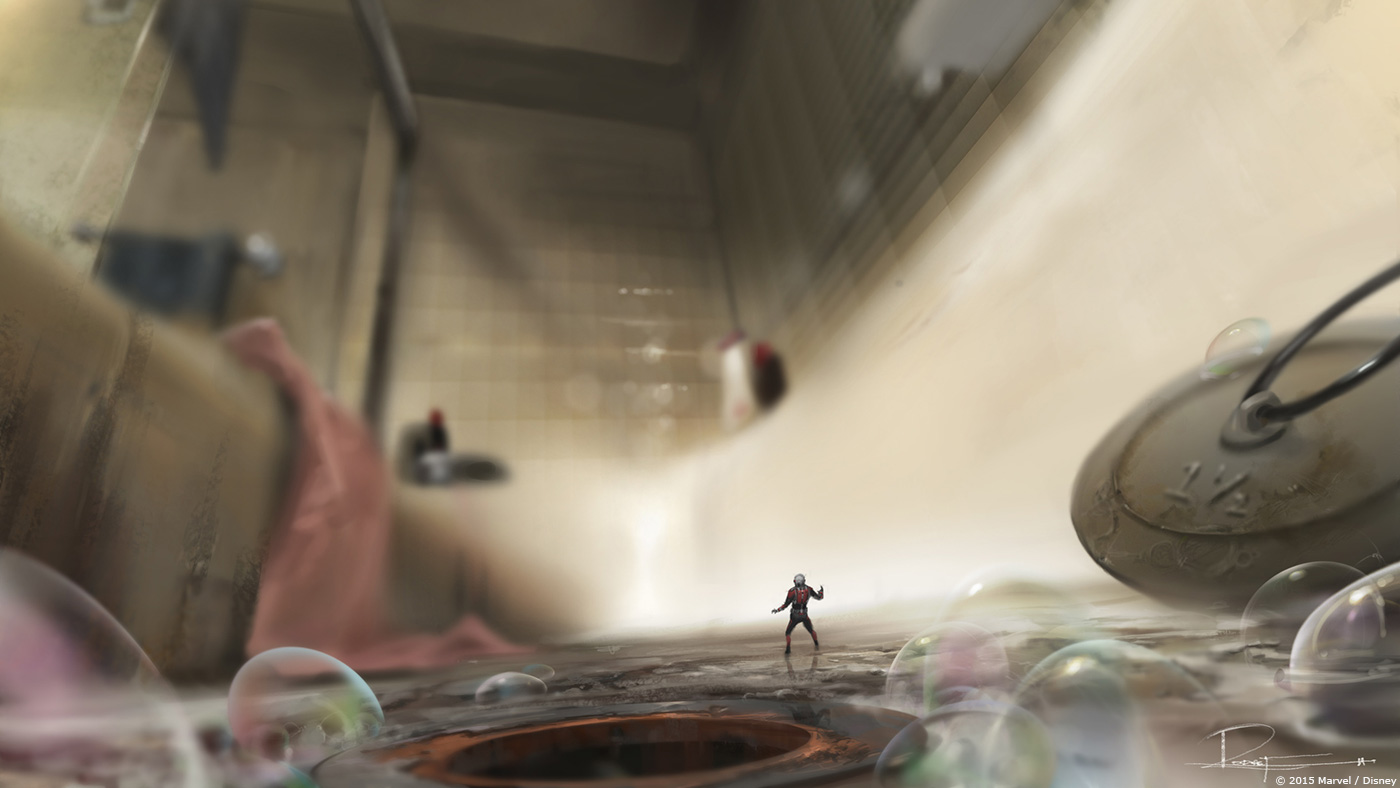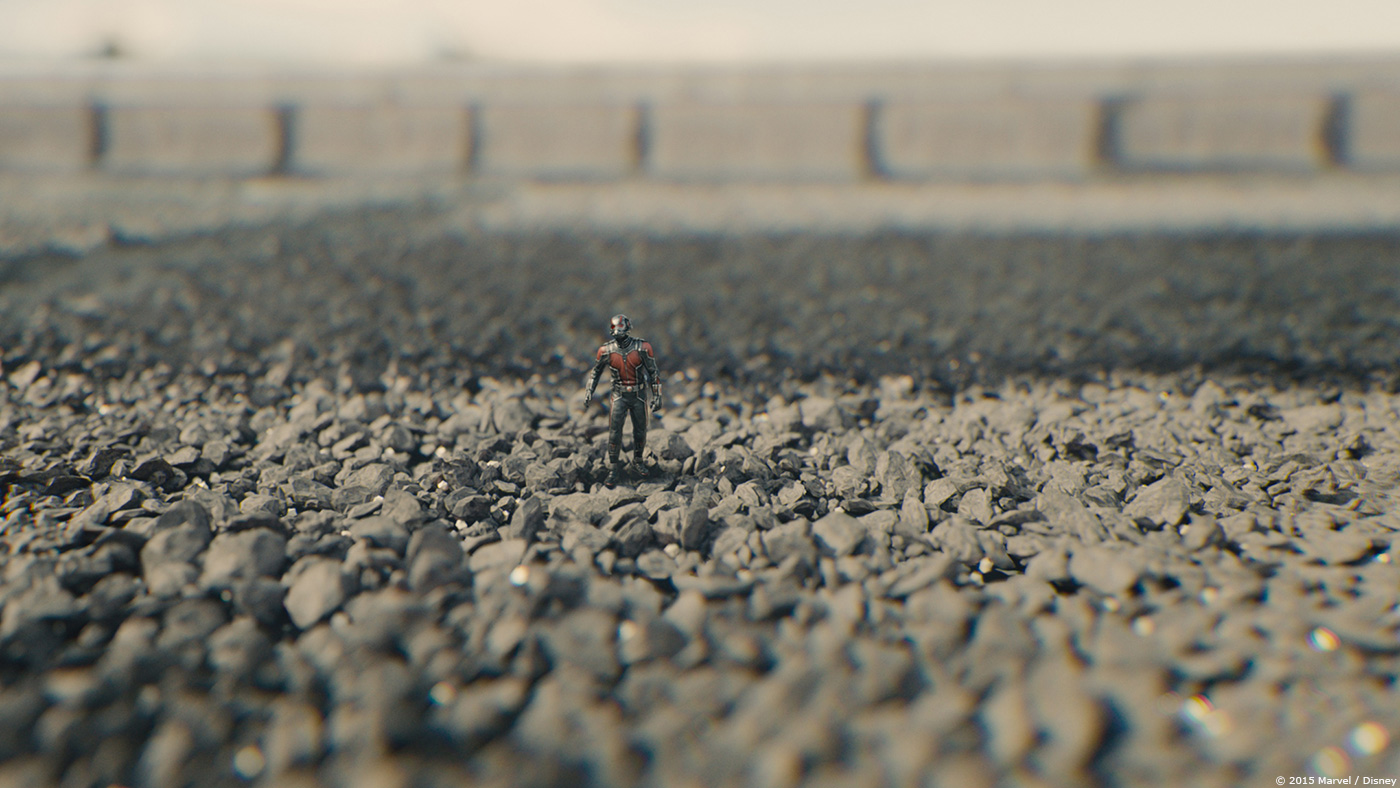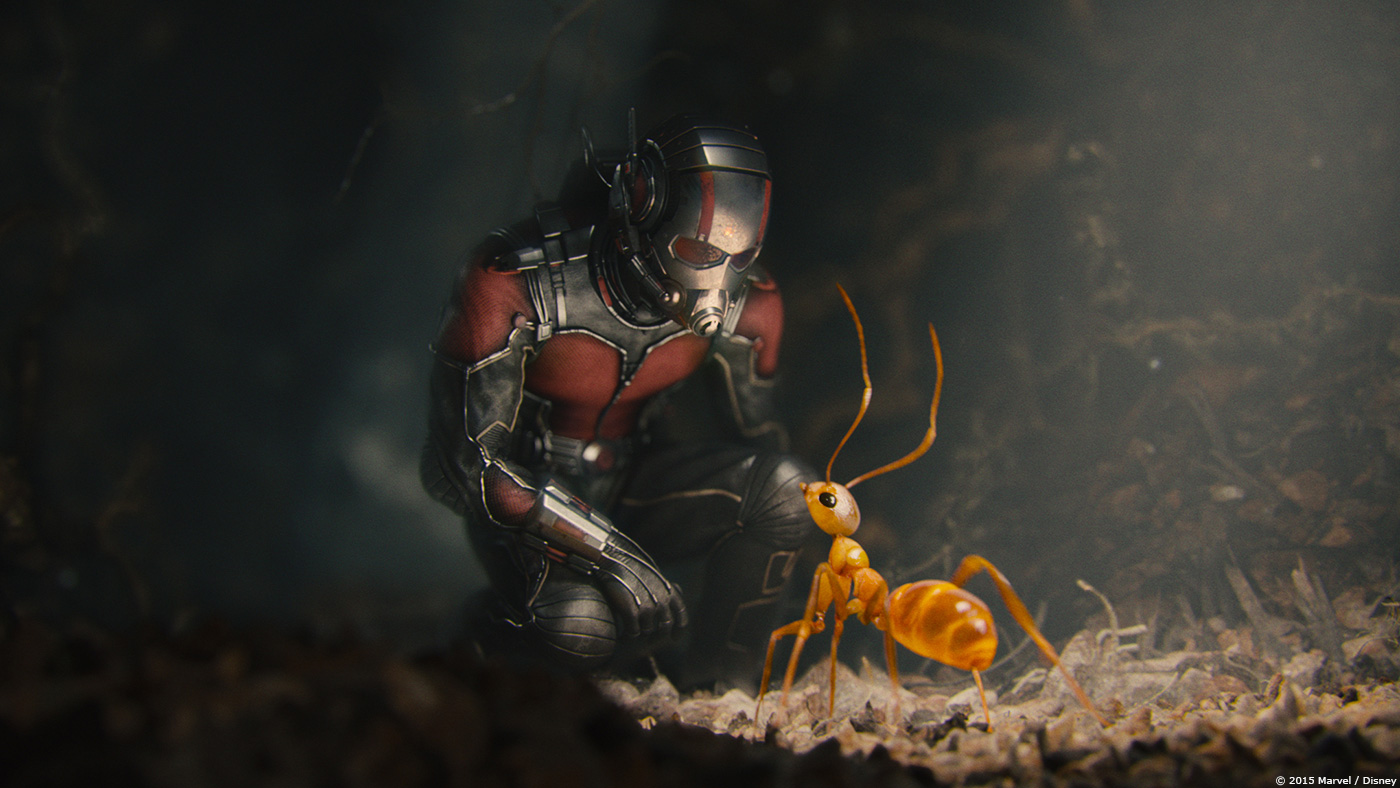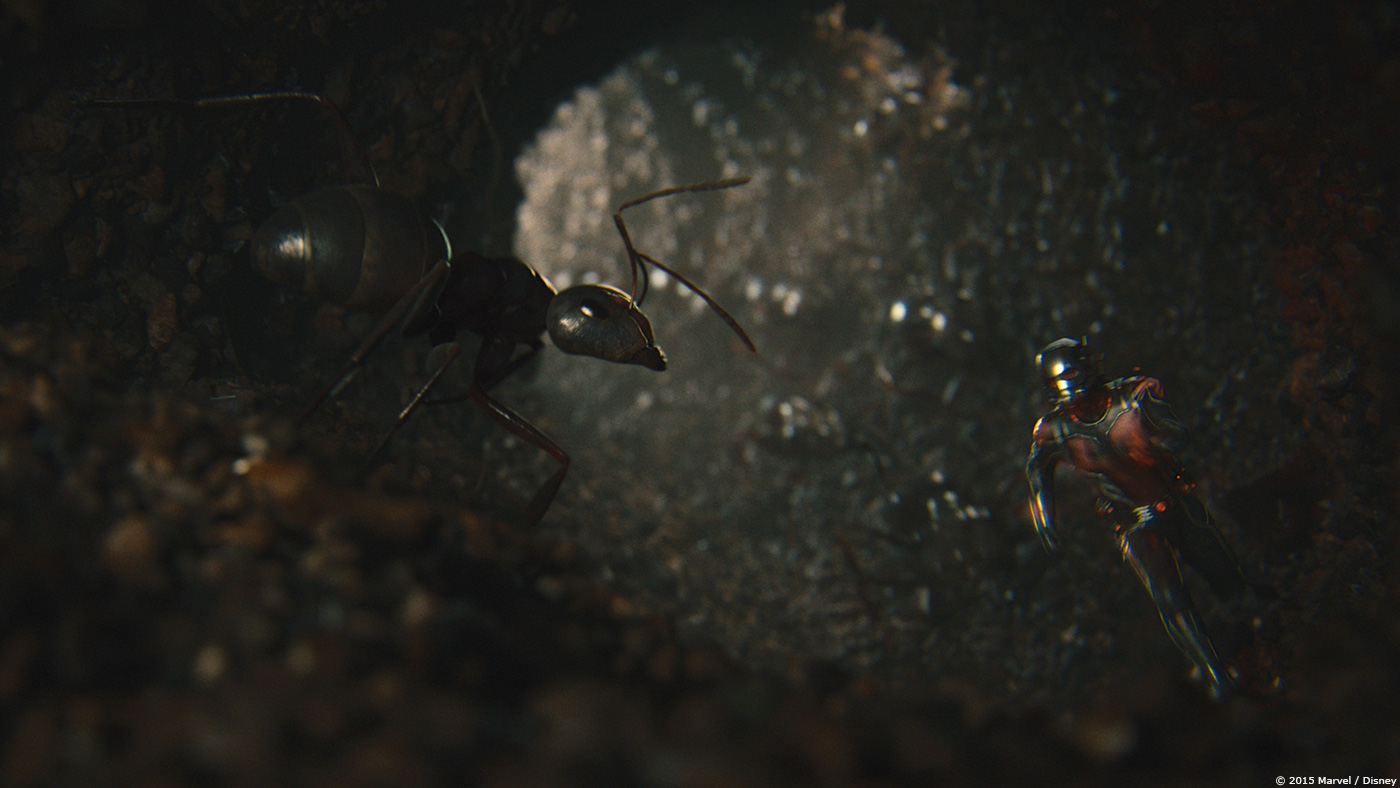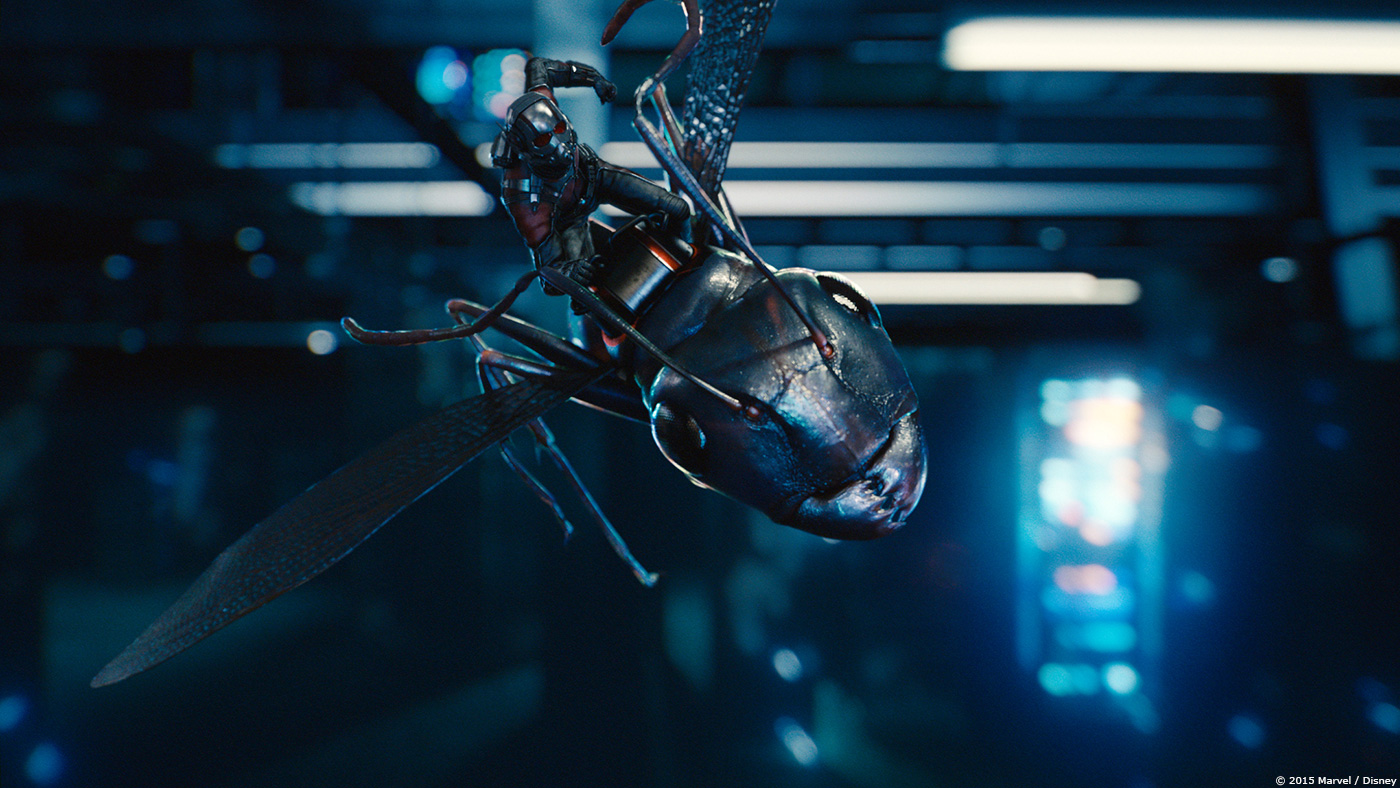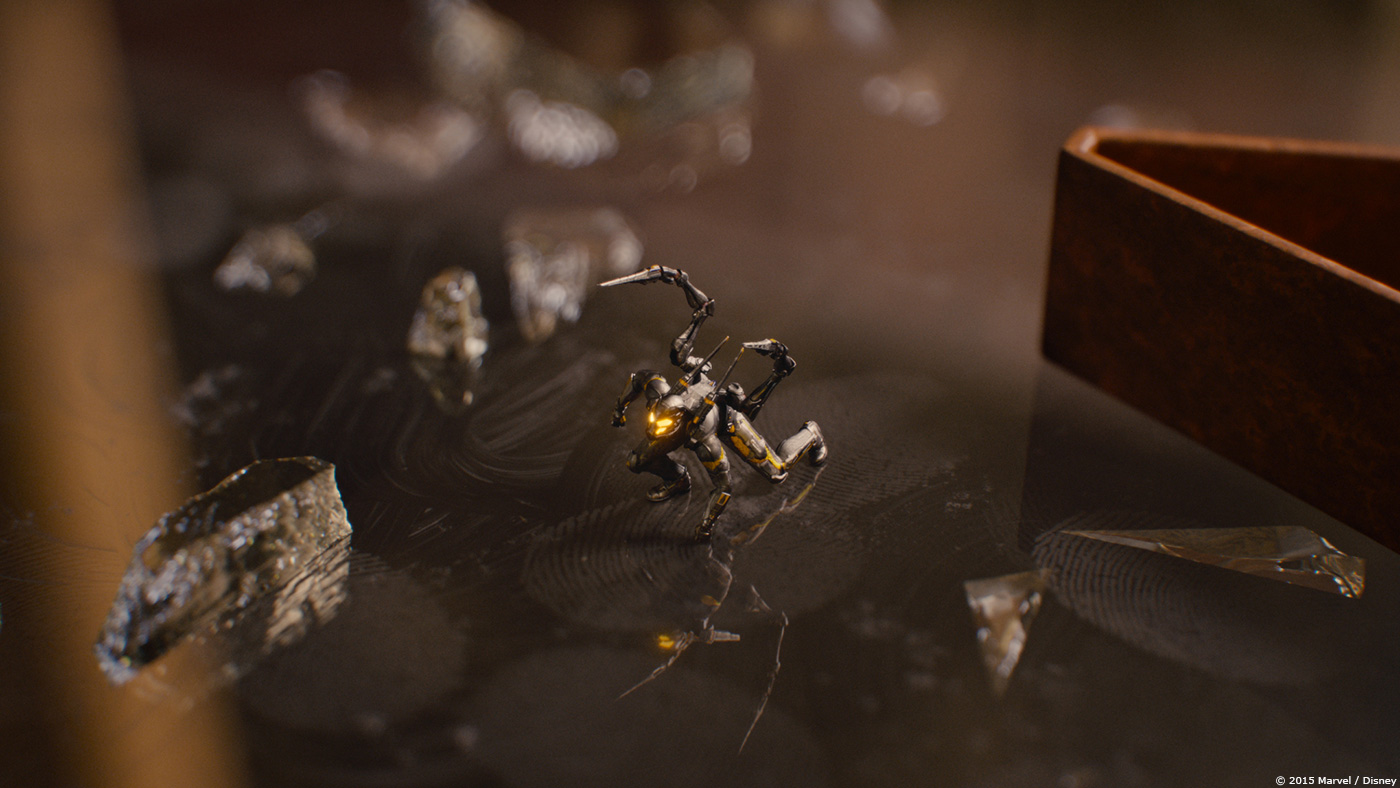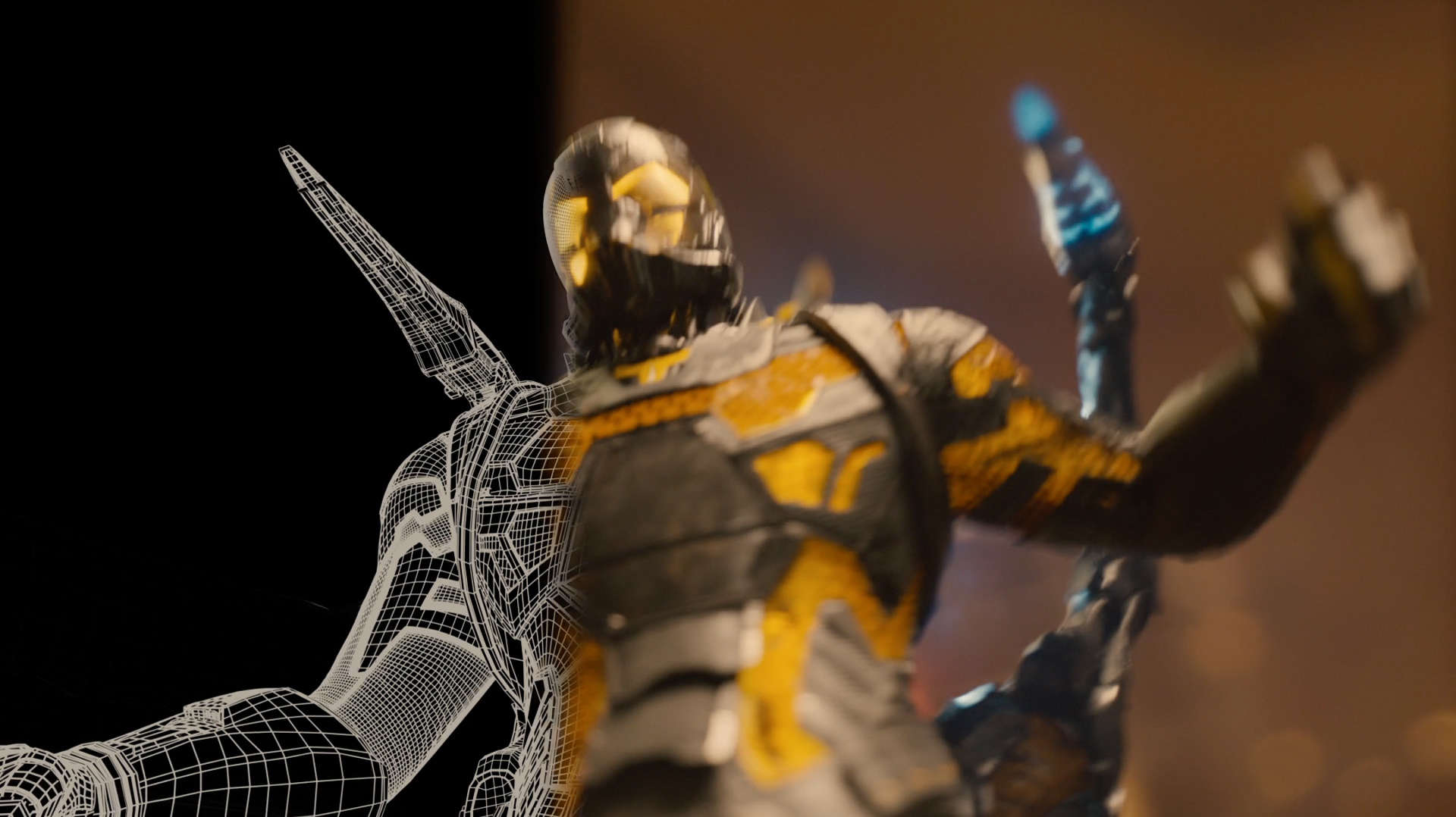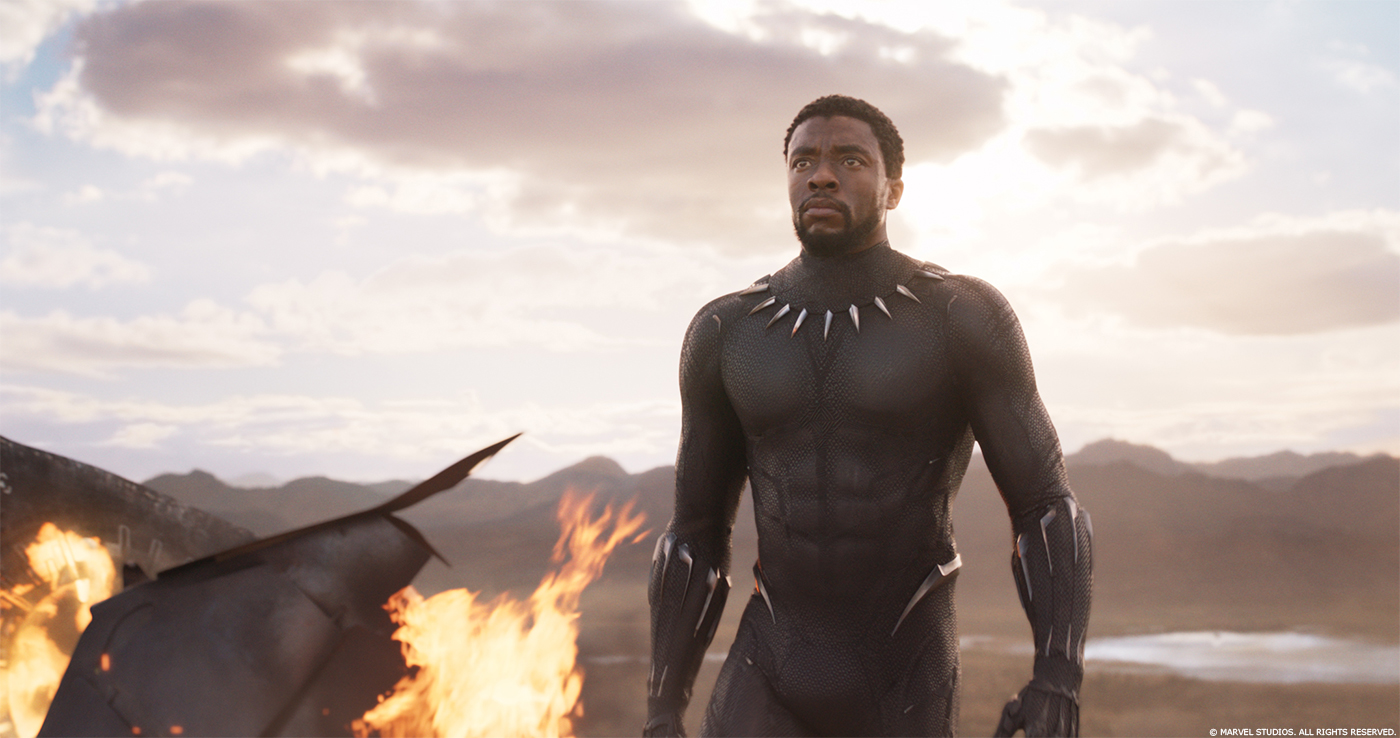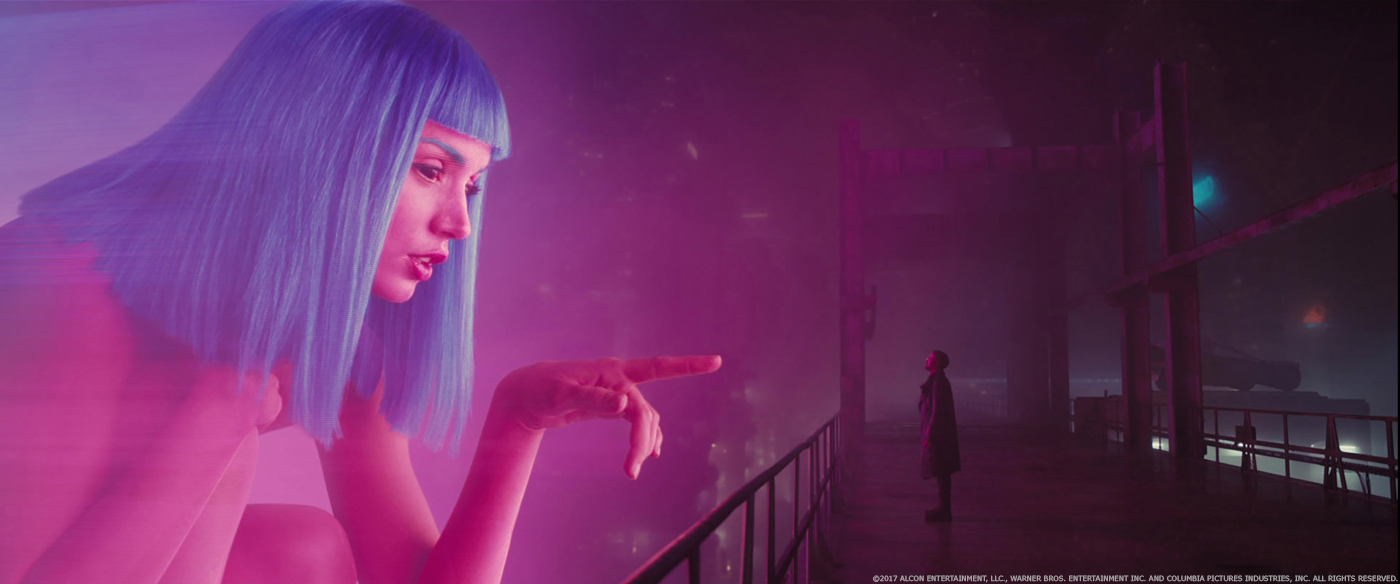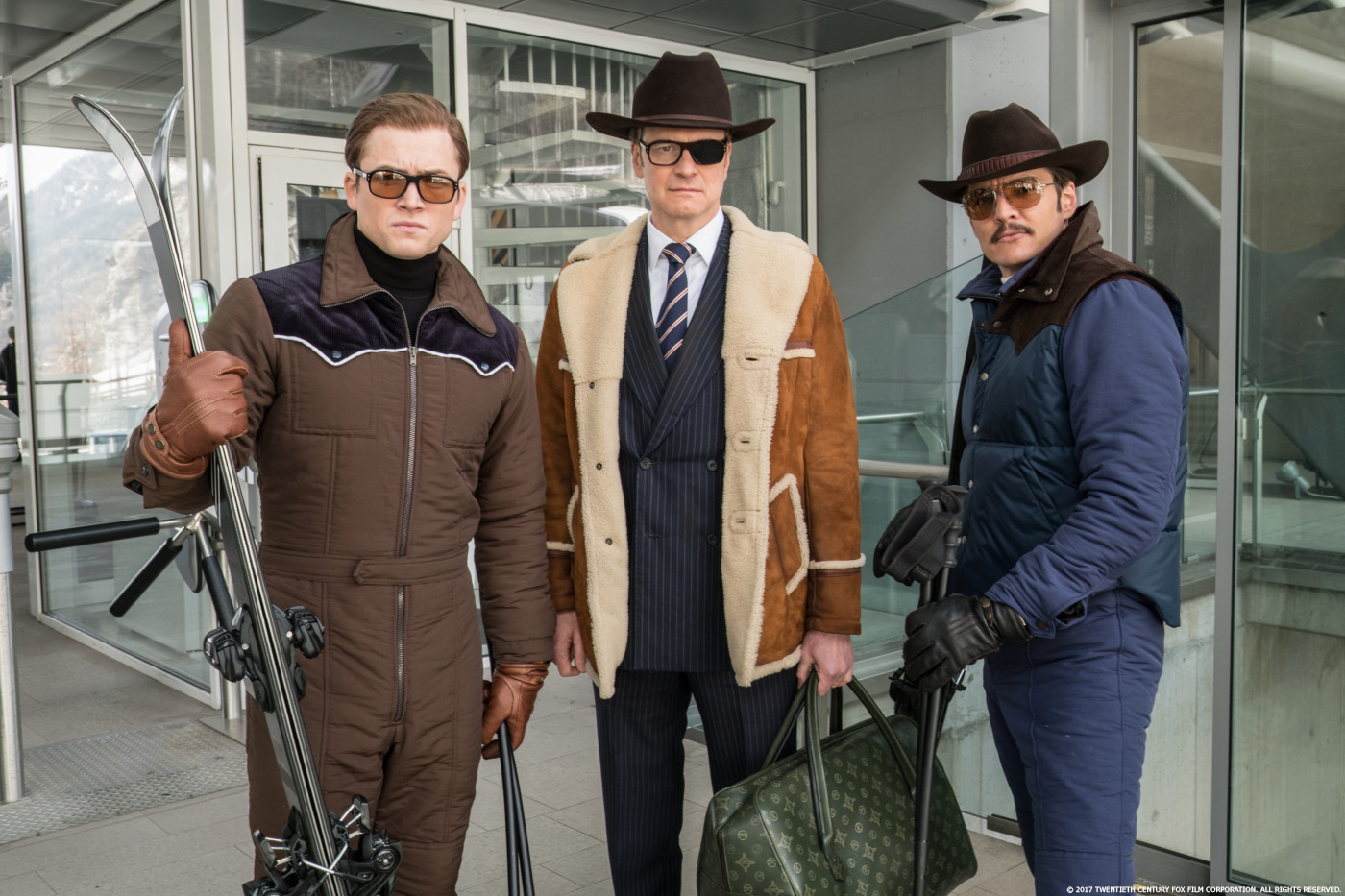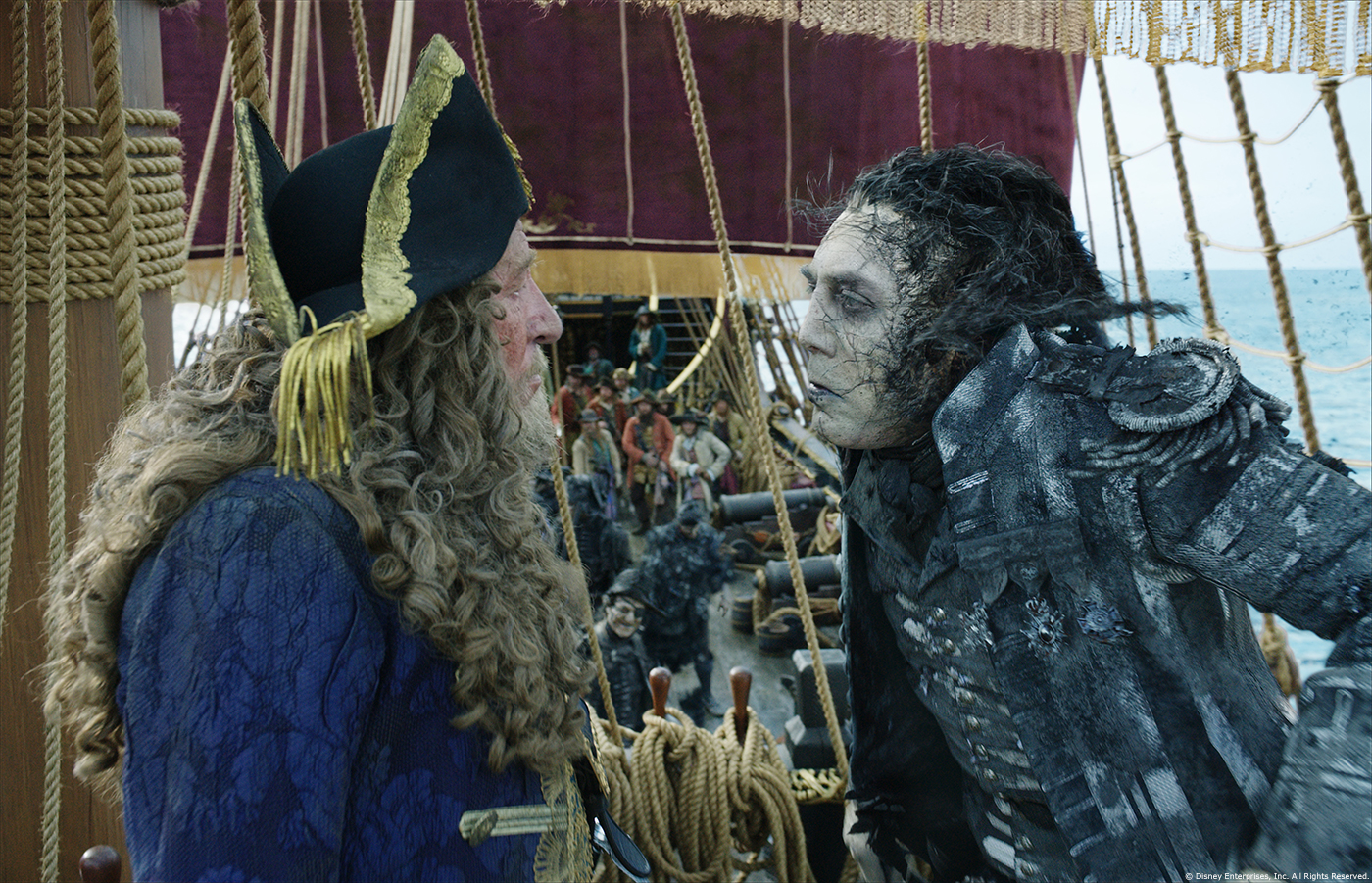Jake Morrison began his career in visual effects for feature film in the late 90s. He has worked on many projects, such as LORD OF THE RINGS: THE TWO TOWERS, THE MATRIX RELOADED, 300 and IRON MAN 2. He has worked for Marvel Studios as additional VFX supervisor for THOR, 2nd Unit VFX supervisor for THE AVENGERS and Production VFX Supervisor for THOR 2: THE DARK WORLD.
What is your background?
I got started working in a 35mm Slide Bureau that was just making the transition to digital. Ostensibly I was taking the job to pay for my real passion which was working with a custom built video mixer and a few modified Atari computers to ‘play’ projections of weird images and waveform along with a live band.
In time I discovered that the tools available to me at work were much more interesting, and advanced, and so jumped into those – 3D Studio, Quantel Paintboxes etc. Next thing I knew I was freelancing in commercials in Soho, mostly in 3D as an Alias PowerAnimator generalist.
How did you get involved on this show?
I’ve been working with the team at Marvel for some years now and was delighted when Victoria Alonso, our fearless VFX leader, asked me to head up the VFX team on this one.
How was your collaboration with director Peyton Reed?
Amazing. Peyton gets it. He’s a real lover of our work in VFX, steeped in Cinefex. I’d wager he knows more about VFX lore, miniatures, and our classic processes than 95% of working VFX artists!
What was his approach about the visual effects?
The very best one possible, especially given his expertise and interest in the field; he told us what he wanted and then let us go off and do it.
Whilst he was very specific about all of the important emotional beats that he wanted the audience to feel, he trusted that we would deliver those results to him and, most importantly, keep our eyes out for any gems we might find along the way. Of course, there were notes, but always constructive and current as the film evolved.
Can you describe one of your typical day on-set and then during the post?
I’m always on-set before Call Time which, as anyone who has spent any time shooting can tell you, is Silly O’Clock.
If a scene has very little VFX-related work in it, I try and be respectful of the Actors and stay out of the Private Blocking which is where the Actors and Director work out the geometry and pacing of the scene – where they will go and physically how they will interact. I regard it as quite a sacred space. However, if there’s anything that may concern us later in Post and increasingly, there is, I’m there. Usually observing and planning, but often you’re called upon to explain to the Talent what is virtual and why we’re asking them to do certain things!
Many sequences are full CG. Can you tell us more about the previs process?
We often start off with Storyboards, but certainly not always.
For example, in the case of the Final Battle in Cassie’s Bedroom, we had great boards from David Krentz (with revisions by Bryan Andrews) that were awesome. Storyboard artists care very little for shoe leather or connective tissue – they’re very busy creating beautiful moments – so I spend a lot of time with my Previs Supervisor (in this case Jim Baker from The Third Floor) making sure that the sequences will flow, and make sense to the audience and adding any cool ideas that come from the process.
Often, though, we start with a much more blank slate. The Helicopter Battle in Ant-Man is a good example of a sequence that was created from a brainstorming session with Peyton where we talked about all the cool opportunities you could have to fight in a really confined space with just a couple of players – we referenced some of Federico D’Alessandro’s ideas from a deleted scene too. The sequence was designed specifically to introduce Ant-Man to the chopper, force YellowJacket to realise that that he couldn’t hit Ant-Man unless he got small (killing the pilots and damaging the chopper in the process) and leading us into the Briefcase Battle.
Based on that brainstorm session, I brought the base concept to Jim and his team – the very talented Steve Lo and Andy Bloch – and we worked on the sequence for a couple of weeks before it was polished enough to present. Peyton and Kevin Feige both loved it, sufficiently so that it became the touchstone for shooting the sequence – frame-for-frame.
How did you design and created Ant-Man and Yellowjacket?
The Ant-Man suit was designed and beautifully realised by Sammy Sheldon Differ and Ivo Coveney. Unusually in this day and age, they were able to create a cool looking suit that the Star of the movie could wear for real. Happily this gave us a true reference that Alex Wuttke’s team at Double Negative were able to photography, scan and ultimately, package up into a VFX asset that we could pass on to the other VFX Vendors – obviously the movie has a lot of CG Ant-Man in it, but the crucial fact of having a real, photographable, suit made the process much smoother and grounded us in reality, even in fully CG shots (Note: check my interview of Alex Wuttke here).
The opposite was true of Yellowjacket – we started with only two pieces of concept art! Sammy and Ivo sculpted a bust for us that we could wheel in front of the camera for lighting reference, which was invaluable, but as the brief was specifically to create the Yellowjacket costume from (possibly non-existing) high-tech materials, we knew that the onus would be on us in post to create the look. Alex and his team at DNeg led the charge on Yellowjacket and we entered a very helpful iterative process where we would get posed renders from DNeg, pass them on to Marvel’s incredibly talented Visual Development department. VisDev would sketch on top of the renders, adding detail, changing silhouettes and basically making the suit look cooler. We’d pass those sketches back to Alex and he would incorporate the changes into the 3d asset, re-render and the cycle would repeat – I think we did that perhaps three times in total, but we were all happy with the result.
How did you approach the shrinking effect?
The shrinking effect is inspired directly from the comics. When Ant-Man shrinks, it’s a quick thing, so in a single panel Jack Kirby would superimpose four or five silhouettes of Ant-Man so you could clearly see the size change. When Frazer Churchill did the initial Ant-Man proof-of-concept test with Edgar they translated this effect into motion and the bones stayed relatively similar through post on the film proper, although the silhouettes Ant-Man created in the air became 3D snapshots of the Ant-Man suit, rather than just the glowing lines from the initial test.
Strangely, because it’s such a subjective effect – and highly dependent on the environment Ant-Man is in, the camera angle he’s shot from, and the direction of travel – that this proved to be one of the hardest effects to coordinate between all of the different vendors!
We see the environments in a different way. Can you tell us more about this aspect?
The fundamental challenge of this project was creating photoreal macro-scale worlds that we could drop Ant-Man into, without for a second pulling the audience’s attention away from the story. Myself and Diana approached the project with the specific plan that we would give the filmmakers the tools to put the camera anywhere and tell any macro-scale story they needed.
My reasoning went like this; to be photoreal, it helps to start with photos! To have photos, you need to have something to shoot, so you need to design and build it for real. And then shoot it! So with the help of our EP, Michael Grillo, we created a Macro Unit.
The Macro Unit ran for 40 days concurrent with Principal Photography in Atlanta and was a thing of wonder, to be honest. Jann Engel, our dedicated Macro Art Director would work with construction to build and dress a series of roughly 6’ x 8’ Macro Sets. All the sets were 1:1 scale – no oversized props in this movie! – but they were extremely detailed and, more importantly, Jann dressed the sets with as much real detail as possible; when Ant-Man bounces off some rusty old pipes when he’s falling between floor in the Apartment Building, those are real, salvaged, pipes with many layers of rust that only time and use can give us. Everything was based around physical reality.
Rebecca Baehler, our amazing Macro Unit Director of Photography, would light these ‘table top’ sets taking the lighting direction cue from Russell Carpenter (our DP for the show proper) if we had already established the Macro Set as a piece of a larger ‘real set’.
Shooting this stuff was entirely another problem though…
Even the smallest motion picture lens is many, many time taller than Ant-Man – he’s only 0.5” – so if you literally drop a lens on the ground, the centre of a two inch lens is still the equivalent of roughly 12’ off the ground for Ant-Man! Obviously you can’t move that camera much, so in practice the lens is higher than that. The motion picture photography essentially became our Macro Aerial unit – shooting low-altitude helicopter fly-bys!
So, phase two, stills photography. This is very much something that Alex picked up and ran with, developing some great new technology to stitch various different exposures, multiple focus brackets and then finally assemble the entire thing into these beautiful and incredibly detailed panoramas. But instead of it being a panorama of mountains and valleys, the panoramas were of the tiny details; carpet fibers, wooden floorboards with peeling paint, the interior of air vents being a few examples. We’d then use a very high resolution 3D scanner – one usually used for scanning Props! – to create a 3D version of these tiny sets, so we’d have an accurate ‘playing field’ on which to place the panoramas.
Early on I had insisted that we shoot motion picture photography for every set, even if a particular shot’s camera move was impossible to implement for real, if only to have a non-technical ‘beauty’ pass that we could always refer back to, keeping us honest and again, photoreal. Of course, as filmmaking is a very organic process, we needed to protect for the filmmakers’ requests later in post. In the end, the combination of all of these processes was invaluable. It’s hard to imagine being able to deliver the quality that Peyton and Marvel wanted, with the flexibility that their storytelling needs required, with any other process, regardless how complicated this process may seem!
Can you tell us more about the design and creation of the various ants?
Greg Steele (VFX Supervisor) and Keith Roberts (Animation Supervisor) at Method LA really led the charge on the ants.
Myself and Diana Giorguitti, our VFX Producer, have always been of the mindset that you can show greyscale and turntables as much as you like to a Director and the Studio, but it’s only when the character is finally placed in context, in a real shot, will you get the real notes. With that in mind, and given we were too early in the process to have a final cut of the movie, we asked Greg and Keith to create character ‘vignettes’ – effectively a ‘fake’ shot – that would showcase the ant’s textures, shaders and, as importantly, animation to show the ants’ characters. By putting each of the different ants – Bullet, Crazy, Fire and Carpenter – into a separate vignette and integrating them into a photographic plate we were able to create standalone moments that were of movie quality so early on that we were able to show the Filmmakers the ants, really nail the looks and get the notes.
Greg and Keith really delivered and many of the early concerns – to many people in the audience, ants are creepy! – disappeared early on.
Did you received specific indications and references for the Quantum Realm?
The Quantum Realm was really a kind of blank slate. The filmmakers knew they wanted an experience that would amaze the audience and to really show people who, at this stage in the film would be very used to the Macro world, a completely new reality unlike anything they’d seen in the film so far. Russell Earl and his team at ILM did a killer job. Although the audience may not necessarily be aware of it, we pass through five different, distinct environments – Dust Motes, Virus, Molecules, Kaleidoscope and The Void. Each environment scales by many orders of magnitude so the detail level is completely different at each level.
Early discussions in pre-production with Quantum Physicist Spiros Michalakis told us that when you reached deeper into reality, everything effectively co-exists – all possible states exist concurrently – so when Russell came up with a render that had many, many Ant-Men(?) blossoming out of a crazy kaleidoscope and folding back in, like some new-age Buzby Berkley number, everyone jumped on it. And things just got weirder.
The biggest challenge in the sequence, strangely, is the fact that Ant-Man was supposed to be shrinking all the time, but it ended up just looked like he was falling. This is a very basic issue with human perception – if a mountain gets bigger we feel like it is getting closer, and since mountains don’t move, we must be falling towards it.
We had many conversations about trying to make the environment feel like it was getting larger versus Ant-Man falling and Russell did many a version to try and help the cause. Eventually, at Peyton’s urging we came to embrace the ‘out of control’ nature of the journey and we added the signature shrinking ‘disco trails’ to the beginning of most shots, almost as if as if Ant-Man was discarding prior selves. The combination of all these effects and very carefully choreographed body positions from shot to shot helped get us to the right place.
What was the most complicated sequence to create and why?
Our most complicated sequence, logistically, was probably the Architectural Model, when Ant-Man shrinks down and runs through a tiny version of the PymTech building, all created from white foam core, and even incorporating a classic Cop film trope – the moment when Ant-Man slides over a car’s hood / bonnet! In keeping with our ethos to ‘keep it real’ we wanted to achieve as much of this in camera as possible.
Myself and Jim Baker put together an exciting action sequence in previs form and got Peyton and Kevin’s blessing. From there Evan Jacobs, our 2nd Unit VFX Supervisor, really took the ball and ran with it. Evan’s got a huge amount of experience in Miniatures dating back to his days at Boss Film Studios which came in incredibly handy – definitely the right person at the right place at the right time!
He worked closely with Dan Sudick’s SFX team, especially Mike Gaspar, to create several versions of the PymTech building created from custom materials that would respond really well to controlled miniature explosions when shot at 1000 frames per second on a Phantom camera. The explosions were going to be cool, but our previs required moving cameras throughout. Unfortunately, when you move a camera, even swiftly, at 1000fps it turns the most dynamic fast move into a crawl. To remedy this, we brought in The Bolt – the fastest motion control camera on the planet!
The combination of a camera recording footage at an extreme frame rate and a motion control camera that could move amazingly quickly paid off dividends. Luma Pictures, who did the VFX work on that sequence, augmented the footage significantly in post, but at it’s core there’s a genuine classic Miniature.
The fact that the only Miniature in the movie is actually supposed to be a miniature building is one of the cooler VFX geek moments in the movie in my opinion.
How did you split the work amongst the other VFX studios?
Myself and Diana tried to divide the work up fairly evenly, with the lion’s share of the work split between DNeg, ILM, Method LA and Luma:
Double Negative got the First Suit Experience, Scott’s First Flight into the Briefcase Battle and the Miniature Trainset Battle. They were also responsible for developing and preparing Ant-Man and Yellowjacket for delivery to the other vendors and developing the technology to extract macro environments from our Macro sets!
ILM did the Falcon Fight, all of the shots in Cassie’s Bedroom, except for DNeg’s Trainset Battle, and the Quantum Realm.
Method Studios LA did the PymTech Recon sequence, the Jailbreak, which included Ant-Thony’s arrival into the movie, and both parts of the Training Montage. Method also developed and showcased all of the different Ants.
Luma Pictures had basically an entire reel of the movie – the PymTech Heist, including the Water Pipe Raft, the Server Room, the setting of the C4 Charges and the Destruction of PymTech itself.
Lola were responsible for the de-aging of Michael Douglas, Martin Donovan and the re-aging of Hayley Atwell, with Method London providing the backgrounds for that scene.
Cinesite in London were tasked with the Backyard Fight sequence.
Trixter Film in Munich provided us with the fully CG YellowJacket ‘sizzle reel’ that plays during Darren Cross’ presentation.
Can you tell us in details about your collaboration with the various VFX supervisors?
I’d worked with Alex at DNeg and Vince at Luma before so we had a good shorthand established already. I was expecting it would take a minute to get up to speed with Russell at ILM and Greg at Method but the opposite was true. We clicked immediately and were on the same page. I’ve no doubt, by the way, that the credit goes entirely to the facility supervisors and not myself – I’m certain every production-side supervisor who works with them all would say the same.
They listened to my concerns early on and took on board my requests for the types of effects we’d use, camera-work – I feel very strongly that even entirely CG shots should appear as if they’d be shot with a real-world camera – and all the other details that I focus on when designing and completing shots and sequences.
What also help greatly was a brilliant idea by Diana to get all of the supes together in one room in Atlanta for a ‘mind meld’ that lasted for a couple of days in pre-production. So much of what went right can be attributed to that idea. We live and die by conference calls, cineSync etc. throughout post-production, but sometimes there’s no substitute for being in a room together and being able to bounce ideas around.
These various studios are based all around the world. How did you follow their work progress?
It’s actually a well-understood process, we are all used to collaborating internationally nowadays. With that said, there’s an enormous amount of data sloshing around all over the globe but we had a great team of Coordinators at Marvel – most of them had two Vendors each – and they handle it very smoothly indeed, leaving me to get on with the business of trying to improve the shots and turn Director and Studio notes into actionable items.
Beverly Abbott, our extraordinary Digital Production Manager, created and regularly upgraded the tools that the coordinators used, even creating a wonderful tool that would show us visually (we are visual people after all) a grid of all of Vendor’s and colour-code them according to how long it had been since we’d seen a version so we could keep a bird’s eye view on where we were. On the other side, when we were deeper into post, we’d spend one day a week, often a Saturday, scrubbing through the entire movie, and making sure every single shot, piece of previs, or effect that was in the movie was accounted for, assigned to a Vendor and Coordinator. We hate surprises so, although it’s not exciting or creative work, it’s crucial to the success of the movie. With the VFX department responsible for everything from incredibly complex fully CG effects to the smallest blow-up that Editorial might add to a plate, we have to be on top of everything. Diana was great, as always, at keeping us on track.
How was this new collaboration with Executive Producer Victoria Alonso?
Great, as always! Aside from being a provider of great energy in the room and bringing a wealth of experience that only a life-time of hands on VFX work can give you, Victoria is also in possession of a killer eye and can spot technical issues in a shot amazingly well indeed. In practice everyone has different concerns and areas of focus within a shot, so it’s great to know that Victoria has our back.
Obviously, everyone from the Hands-On Artist, through the Sequence Supes, Vendor Supes and myself do everything we can to make sure that there’s no gremlins in the machine for Victoria to spot!
What do you keep from this experience?
The collaboration is the most important thing to me.
We have a phrase at Marvel, “It takes a village”, and it does. To produce something that not only satisfies the requests of the filmmakers from the story and emotional point of view – which is the first and most important rule – but also to create work that is outstandingly beautiful and ground-breaking in terms of the design and approach is not something that happens by accident. Everyone involved in the project from the shoot crew to the Matchmove artists, to the folks in I/O collecting and sending files around the globe have to be committed to delivering their best work every day!
How long have you worked on this film?
Almost 2 years. Myself and Diana finished THOR: THE DARK WORLD on a Friday and started ANT-MAN on the Monday!
How many shots have you done?
1,619 shots.
What was the size of your team?
Approximately 10 people in our office. Our team’s size and structure changed depending on where we were in the process; slightly more during the shoot, less at the beginning of post but more at the end. But across the globe, thousands! A stunning number of people put their heart and soul into this film.
What is your next project?
My next project will be a long overdue visit back to the family in the UK!
What are the four movies that gave you the passion for cinema?
BLADE RUNNER, BACK TO THE FUTURE, BRAZIL, THE BLUES BROTHERS. Apparently, anything that starts with a B. For the record, I also love KOYAANISQATSI and that starts with a K.
A big thanks for your time.
© Vincent Frei – The Art of VFX – 2015


